|
Far more incisive about being female in a patriarchal society than some give it credit for, Amy Holden Jones' Slumber Party Massacre employs the slasher film archetype to wonderfully illustrate the social construct in which femininity is largely perceived as a passive object malleable to male utility. Outside of the more explicit symbolism - the killer's use of a drill, an object that is utilized as a penetrating device - The Slumber Party Massacre features an implicit understanding of the male gaze that it exhibits far more subtly over the course of its narrative framework. The perverse gaze of the teenage male libido is often juxtaposed against that of our predatory non-mask wearing antagonist, forming a link between more overt types of suppression and those which are more normalized and embedded into our patriarchal society. The noise male neighbor being overzealous, despite his seemingly innocent intentions, he himself is an invader of feminine spaces through his actions which rarely come with any form of welcoming or consent. The Slumber Party Massacre as far as a slasher film goes is effective, clever, and provides ample opportunities for those who just want a fun horror film, yet subtextually the film is so much more.
0 Comments
The expressive aesthetics of Hong Kong's neon-soaked nighttime, along with the formal kinetics of the action set-pieces, expound the multitudes of emotion in this star-crossed lover's tale. A Moment of Romance traverses a familiar story of youth romance with beautiful balance, being both a smoldering romance and violent crime story that subverts genre classification in a way that beautifully elucidates its theme - the transcendental nature of love beyond the material world. Anchored by the familiar archetype of two lovers from different socio-economic environments, A Moment of Romance's aesthetic expressivity plays into this initial dichotomy between its two characters which they subsequently overcome as the film progresses. The expressive neons of Hong Kong, vibrant and dynamic, counterbalance the emotional reservations of these individuals early on about their budding romance. The sexual tension in these scenes is palpable yet internalized by these characters, with the neon lights serving as their underlying vibrancy which will eventually be freed from the strictures of expectations infused by their social environment. As these characters slowly recognize their attachment to one another, their social environments and those within them disrupt and agitate, leading to tragedy in a traditional sense. Yet, A Moment of Romance doesn't reside in traditional modes of love that lie solely in the material world. With A Moment of Romance, the strictures of milieu ultimately prove too coercive from that perspective but they fail to suppress the metaphysical realm in which love is irrepressible. Expressive and kinetic filmmaking one would expect from Johnnie To, who is rumored to be the primary creative force behind this film narratively and conceptually. Andy Lau is perhaps at is coolest in this film, which is saying something.
Intentionally opaque and enigmatic in its narrative construction, Kurosawa's Charisma lacks the conceptual precision of his masterpiece Cure, yet the follow-up remains a deeply fascinating work, one which brings a post-modern lens to its expansive existential themes related to life and death and humanities place among the natural world. The anarchism intrinsic to the environmental juxtaposed with humanity's quest for the attainment of freedom rests at the fulcrum of Charisma, as the film details the largely intangible conception of the term freedom in that it's malleable and often distorted by utopic mythmaking which attempts to deny or deflect the embedded violence which is intrinsic to life. Freedom in a sense is chaos, it's a repudiation of man-made social order and an embracing of the anarchic harmony of the natural world, one in which conflict is inescapable and self-determinism is a necessary facade. Kurosawa does not have a pointed critique, per se, as the film feels far rooted in philosophical allegoric observation, yet its final denouement Charism seems to suggest a form of social mutualism detached from authority is necessary and attainable goal, for without such compromise, violence, conflict and destruction on a mass scale is inevitable. A highly fascinating work which more than likely than not becomes even more intellectually stimulating on subsequent viewings
Absurdist and creative in its constructions of violence despite the derivative nature of the edifice it instills around its emissary of death, Sick Nurses employs neon-soaked aesthetics and genuine ingenuity which largely outshine budget shortcomings and a narrative sorely lacking intrigue for much of its running time. The dramatic sensibilities of this film are perhaps best described as extremely horny melodrama, conceptually traversing a ho-hum revenge porn narrative structure for most of its running time, and yet the conviction it instills in every frame along through its creative visual deployments ultimately make this absurd horror film worth a watch.. A horny, violent, enjoyable experience which I'm surprised hasn't become more of a cult classic given its general panache and go for broke mentality when it comes to set-pieces of death
An affecting evocation on the grandiose pain and degradation which the carceral state and the normalization of punitive notions of justice have placed on the social fabric and culture. A culture fundamentally born out of and rooted in individual rights, personal autonomy, and freedom; a culture which expounds its the Christian theological principle of forgiveness and rehabilitation, and yet systemically and institutionally, America has created the largest and most complex institution for imprisoning people the world has ever known. Time explores this terrain through an intimate focus, almost never falling victim to pedagogy through its story that always manages to remain focused on the personal first, understanding that such a level of intimacy can transcend far more than any pedantic display of activism. Through its formal structure which largely subverts temporality, Time manages to be a deeply intimate portrait of one woman's struggle that never feels at odds with the film's larger aspirations for justice and societal change. It may be a bit saccharine to some but in the end, Time recognizes that love itself, not in the context of the personal but in the communal, will ultimately be what sets humanity free of pain and conflict. It's a nice thought.
The Wolf of Snow Hollow doesn't differentiate itself much from Jim Cumming's debut feature, Thunder Road, employing different window-dressing to the filmmakers continued exploration of the toxicity of masculine hubris in a society in which masculine insecurity is suppressed more than openly accepted. The werewolf motif is merely a facade for the film to excavate the psyche of this deeply-troubled and insecure man, a man whose utterly inept, internally suffering from a near full-blown nervous breakdown related to his father's debilitating condition, whose reactionary external response is projecting toxic egoism which only further isolates him from his friends and family. The Wolf of Snow Hallow does manage to be effective both in its drama and horror moments, yet make no mistake Cummings is keen in his understanding of how to balance genre with tonal variations which seamlessly move from outrageous comedy to pensive melancholy, while always making the underlying mental anguish of his central protagonist the focal point of this "genre" film. The direction and formal style is sturdy yet not particularly distinctive, and I do fear the principle characterization itself could become too much of schtick for Cummings if he isn't careful, yet The Wolf of Snow Hollow still manages to be relatively affecting, despite it being largely much of the same conceptually if one removes the horror/werewolf facade.
Brooding with a palpable sense of dread from the onset, John Carpenter's Prince of Darkness is a clever reconceptualization of Christian Theology, one which through its dread-inducing formal designs invokes a sense of inevitability which truly taps into the primal nature of horror. Through carefully crafted atmospherics and a steadily progressing narrative, Prince of Darkness beautifully enunciates the omnipresence of evil lurking beyond the material world and our ontology perspective on reality. While many of the characterizations of this film have been deemed slight, there is a utility to this which feels by design, as the film effectively strips them of their own personal autonomy or self-determination through its construction, illustrating their lack of control when juxtaposed against the larger metaphysical realm of existence; The theme of inevitability here is palpable and dread-inducing, arguably one of the key components of horror - the loss of control over one's cognitive and material prescribed existence.
Inscribed with the poetic film grammar and understated formal stylings of the Taiwanese New Wave which would later be perfected by the likes of Hou Hsiao-Hsien and Edward Yang, Growing Up remains, in a sense, intrinsically restrained by its early pioneering status. Stuck between Hollywood modes of filmmaking - which had major influence given the pervasive transnational influence of American culture - and the emergence of a new mode of storytelling entirely, Growing Up traverses the coming of age archetype through what I'd characterize as a muted version of what would be formalized to perfection later by such masterworks of the Taiwanese New Wave as A Brighter Summer Day and Dust in the Wind, among others. The innocence of youth - its naivety, and exuberance, both of which are intrinsically malleable to external forces - is a utility for these filmmakers to elucidate the specificity, both temporally and spatially, of Taiwan in which themes about the generational and cultural social divisions born out of diaspora and the subsequent search for identity have long become central nodes which calcify, conceptually, the Taiwanese New Wave. Growing Up is doesn't reach the same heights for me, yet it remains an emotionally effective, structurally efficient, and deeply tragic coming of a story in its own right, which in retrospect deserves perhaps more credit for helping launch the Taiwanese New Wave
Lo-fi, grimy thriller in which Gordon seizes every meaningful opportunity to interject with Lovecraftian aesthetics into his nihilistic tale of the human condition in a dog-eat-dog world. Not as great as I remember yet it remains a delirious crime story that's perverse conception provides ample opportunities for Gordon's horror tectonics in which the human body is a canvas for transgressive art by means of brutality.
Less interesting than Hui's later work, though it certainly establishes themes that the filmmaker would further excavate through his career related to the clash between traditionalism and modernity, and the effect it has in Hong Kong's cultural identity. Games Gamblers Play simply feels like a first feature, with it's narrative being relatively straightforward and lacking the same anarchic energy that would define the brilliance of his later work in which the comedic set-pieces dazzled with ingenuity and bravado.
|
AuthorLove of all things cinema brought me here. Archives
June 2023
|
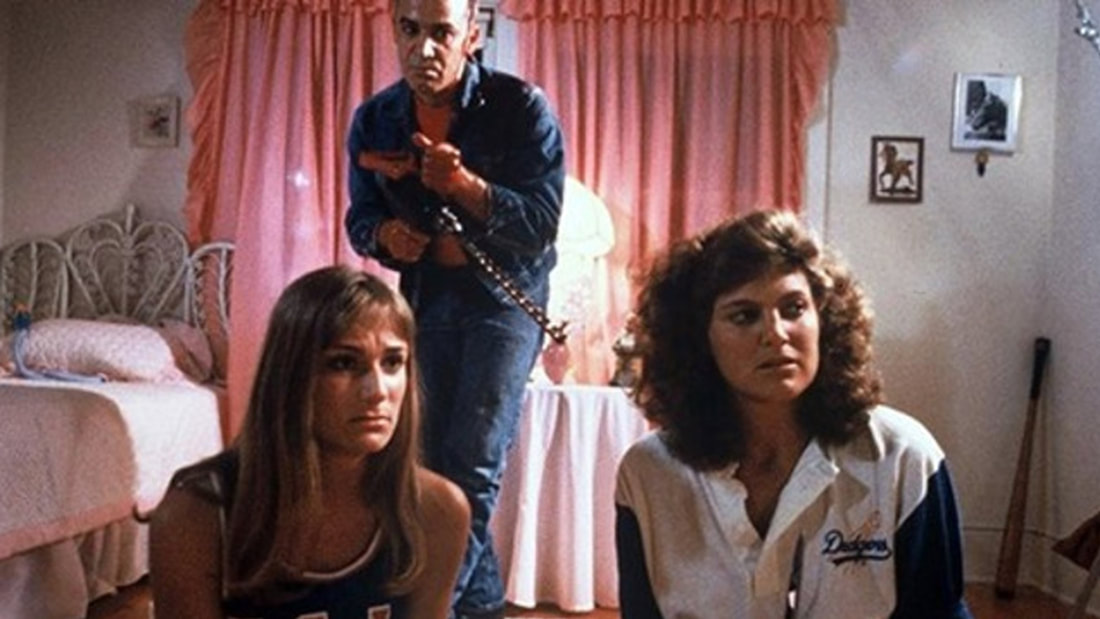
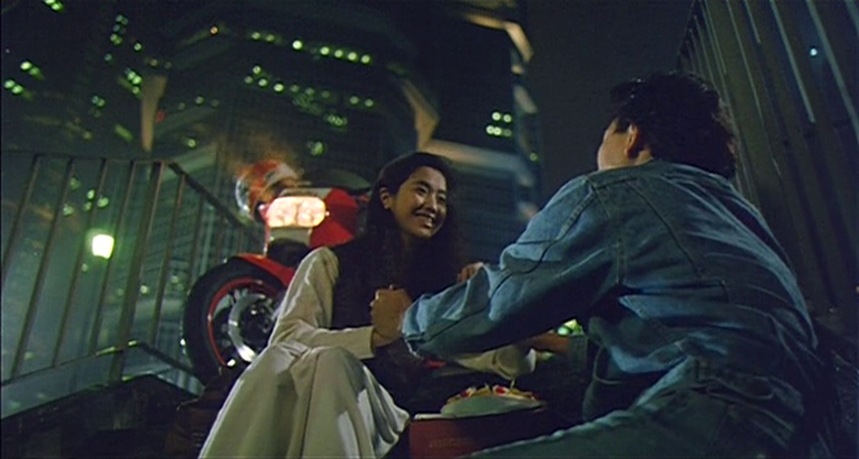
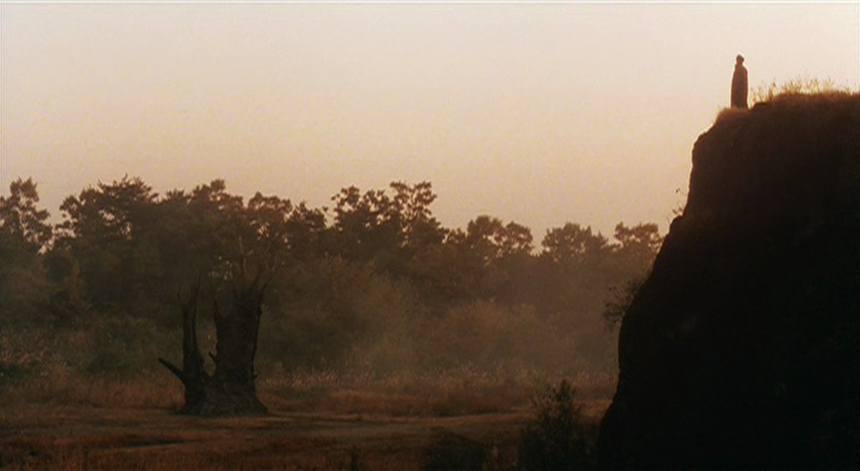
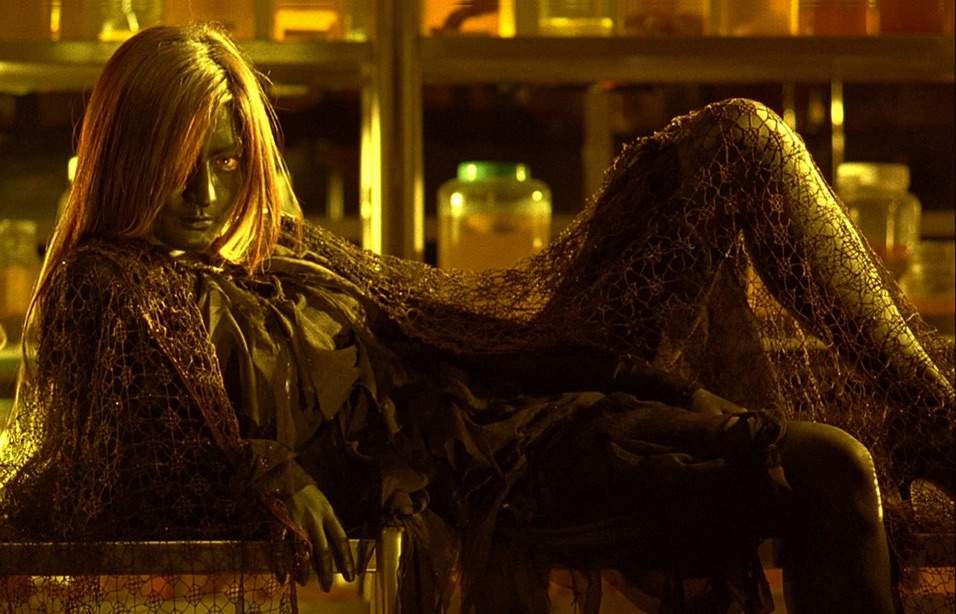


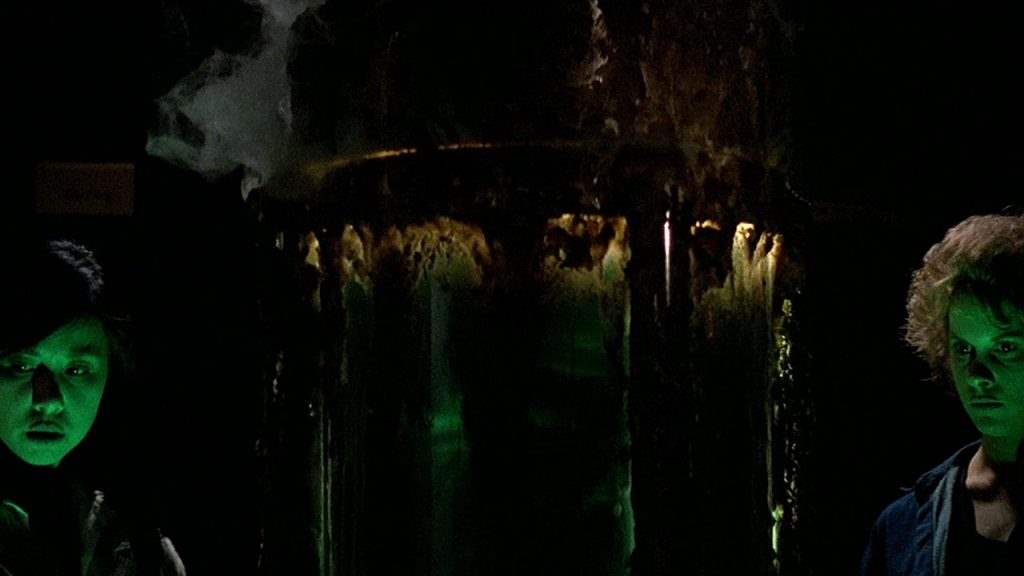
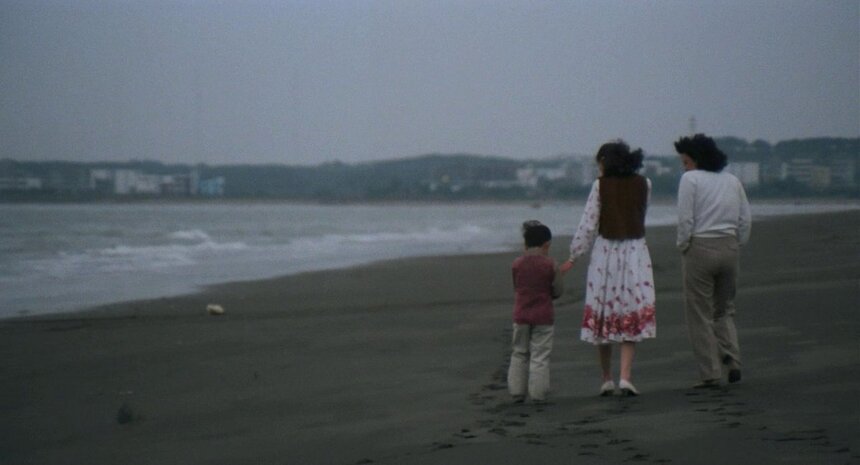

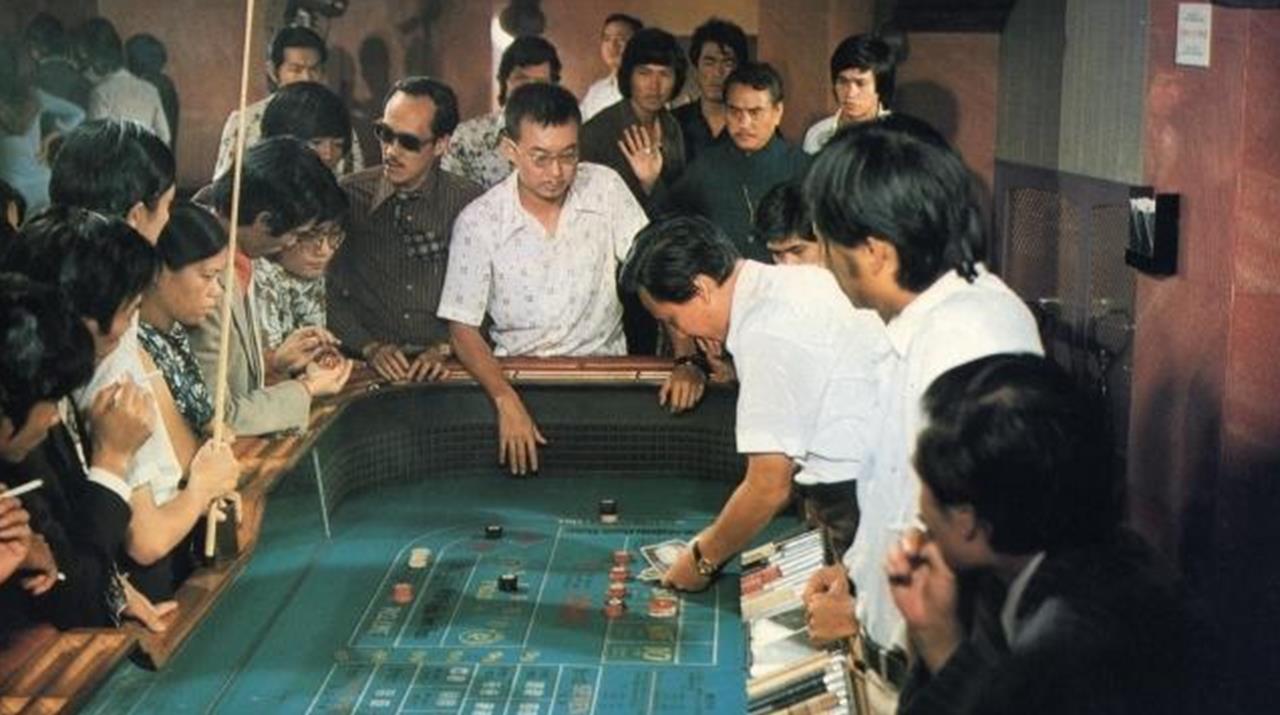
 RSS Feed
RSS Feed
